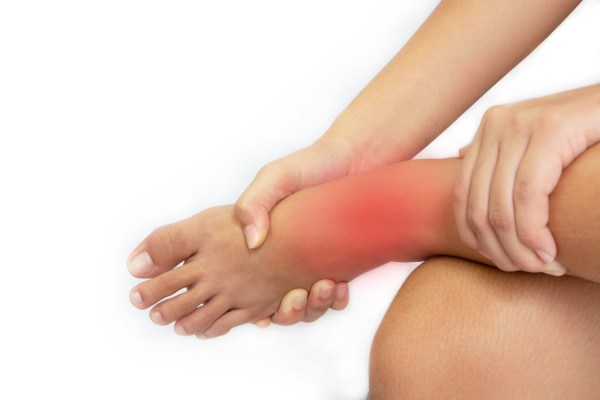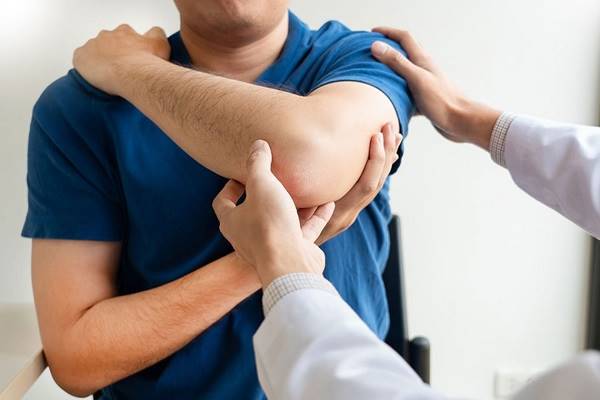When a person is cut, their blood will naturally clot, so that they can stop bleeding. Clotting is natural and a part of the healing process, but it also has the potential to be very problematic and even deadly when the clot occurs inside of the body. Therefore, you will want to be aware of eight potential signs of a blood clot.
- Unexplained Pain
The pain can occur in many different parts of the body, but it is most common in the chest, the arms, and the legs. It can feel like intense pain, or it might only feel like there is pressure or dull pain on one or more of these parts of the body.
- Change of Color in the Arm or Leg
The clot in the body will often reduce the amount of blood that is flowing to different areas, which could make the skin turn pale, or even grayish blue. However, deep vein thrombosis could present as warmth and redness in the arm or leg.
- Swelling
If you notice swelling in the arms and the legs, this could also be an indicator of a blood clot, and it should be checked out.
- Loss of Feeling
If the legs or the arms start to have a numb sensation, it could be a sign of a clot since the circulation is compromised.
- Shortness of Breath Accompanied by Pain
When a clot occurs in the lungs, it is called a pulmonary embolism, and it could cause shortness of breath accompanied by pain. These symptoms can occur if there is a clot in the heart, as well.
- Severe Abdominal Pains
If a blood clot occurs in the veins that drain blood from the intestines, it can end up causing blockages and swelling. When this happens, it typically means that the patient will have severe pains and cramping in their abdominal area.
- Problems with Vision
Many are not aware that this can be a symptom of a blood clot. However, vision is dependent on blood flow and oxygen. When there is not a steady supply of oxygenated blood, it will mean that one or both of the eyes become blurry. It could also occur if there is a clot in the eye.
- Panic Attacks
Here is another symptom that is not well-known. It affects those who have a pulmonary embolism. When the clot in the lungs reduces oxygen and blood flow in the body, it can cause symptoms that are quite similar to a panic attack.
These are only some of the signs that a blood clot has occurred. It is important to try to reduce your risk of developing blood clots. Get plenty of exercises, and for those who have a sedentary job, be sure to get up and walk around regularly. Try to avoid sitting for long periods, as well. Talk with your healthcare professionals about what else you can do.








